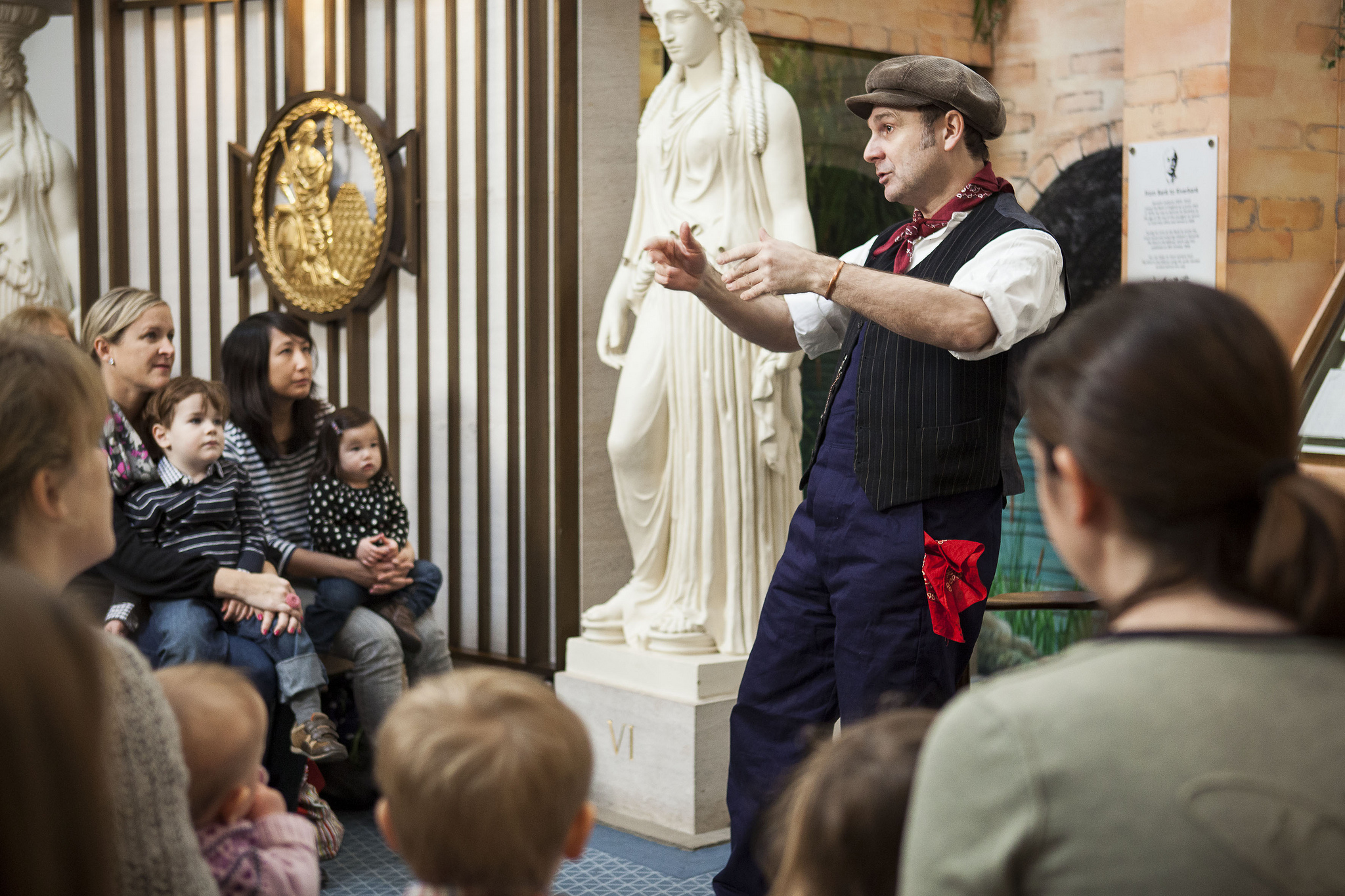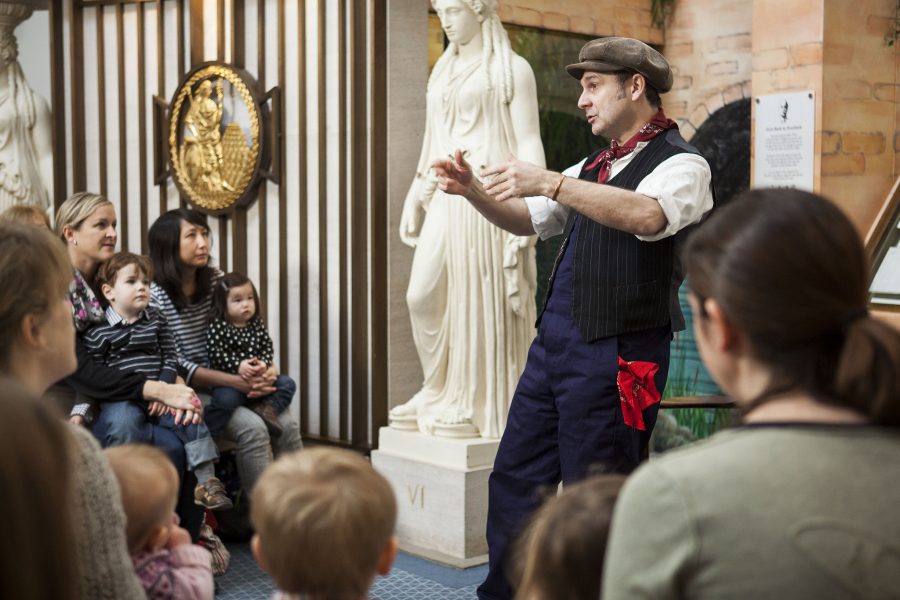Yesterday, I did my reading notes, and to shake things up, I read the stories out loud. I wanted to see how reading out loud was different from reading silently and if it could help me absorb the stories in a new way.
Reading out loud was different because it forced me to slow down while I read. Occasionally, I would get reading too fast and I would realize I wasn’t paying attention to the story, or I would be out of breath and stumbling over words. When I slowed down and read the story like a storyteller would, with voice inflections and natural pauses, I found that I was more engrossed in the story than if I were just skimming it silently.
I think reading out loud is a very valuable exercise, especially when proofreading your own work. It’s also helpful when you’re feeling distracted or tired and reading silently requires too much focus. By reading out loud, you can slow down and pay attention more easily.
Because I was reading out loud, I also found that I was able to appreciate the tone of the stories more. I noticed strategic uses of pacing, like short sentences for excitement or comedy and long sentences for tension.

It was hard reading out loud because my mouth got dry and I was out of breath, but I think I’d like to keep reading out loud occasionally so I can practice controlling my breathing. I’ve always been envious of people who can read a book to children in an engrossing way, and I’d like to practice my own storytelling skills, especially if I might be doing book tours and readings (hopefully).
Image: Storyteller at the Bank of England Museum. Source – Flickr.









